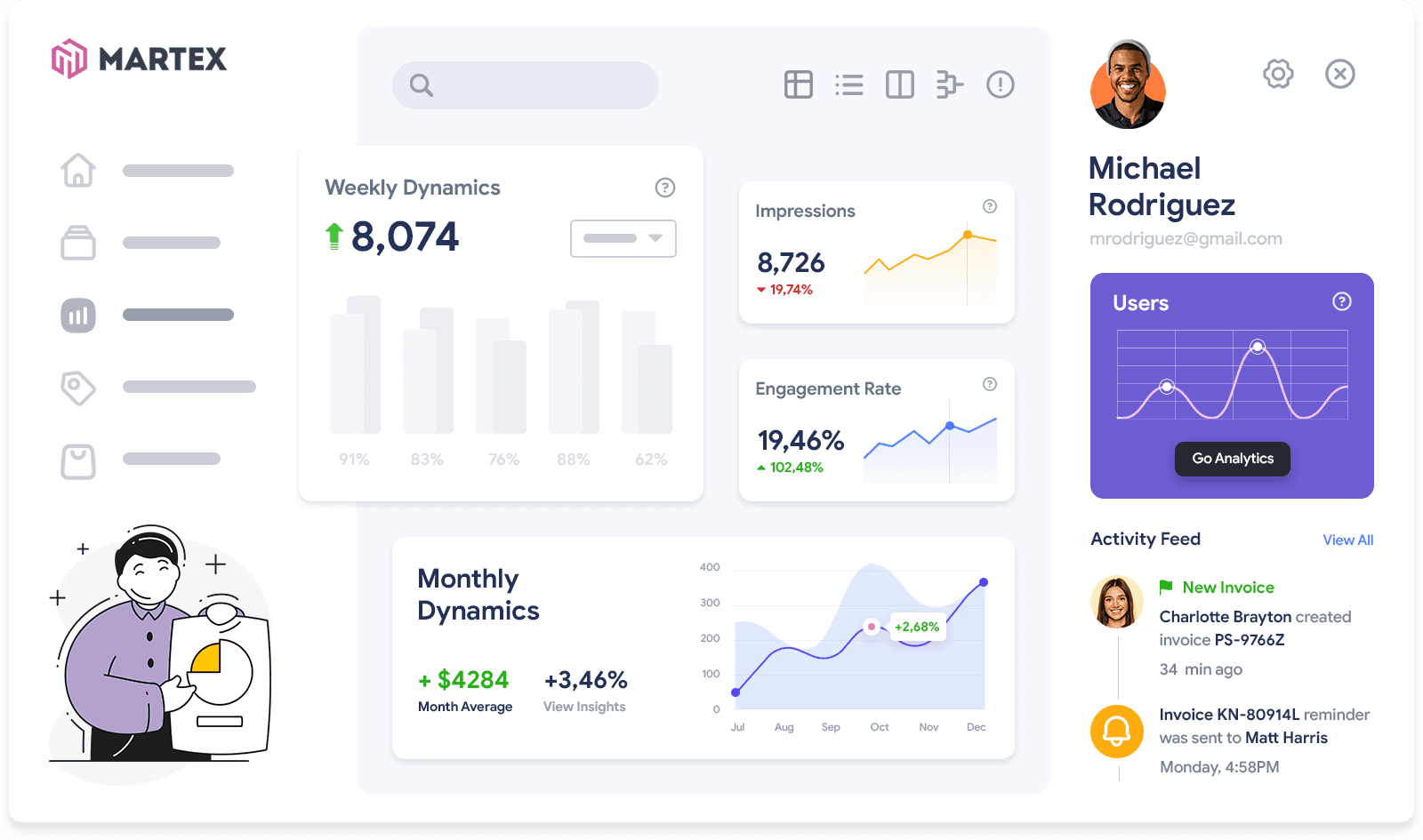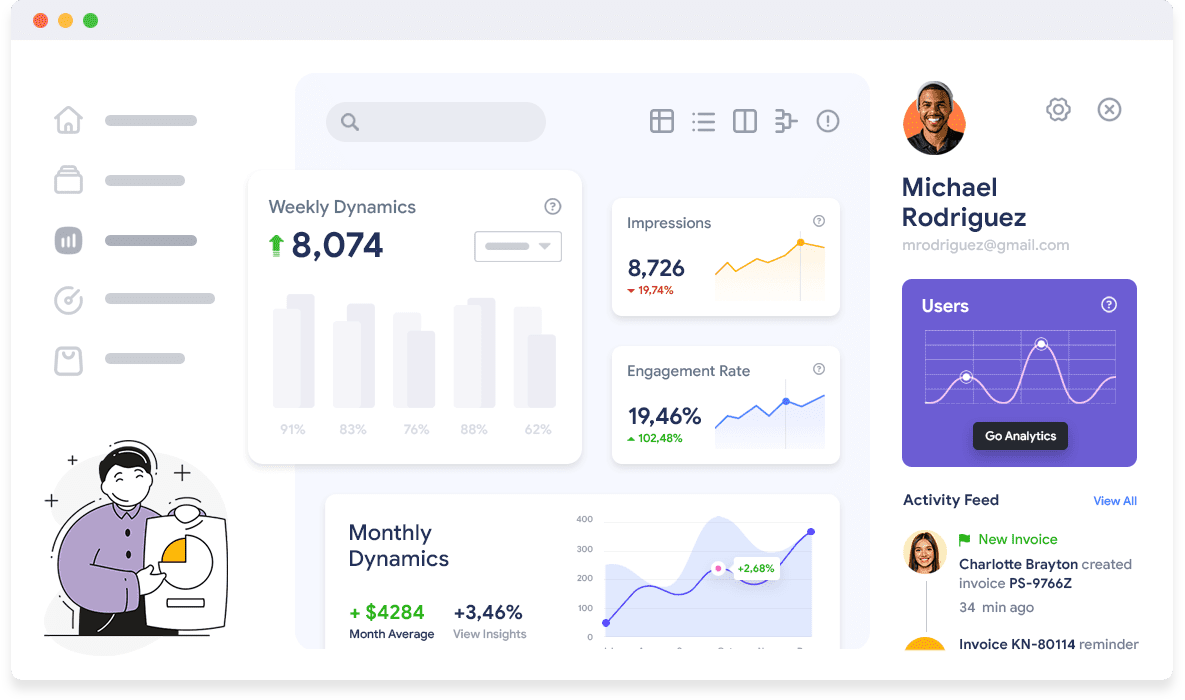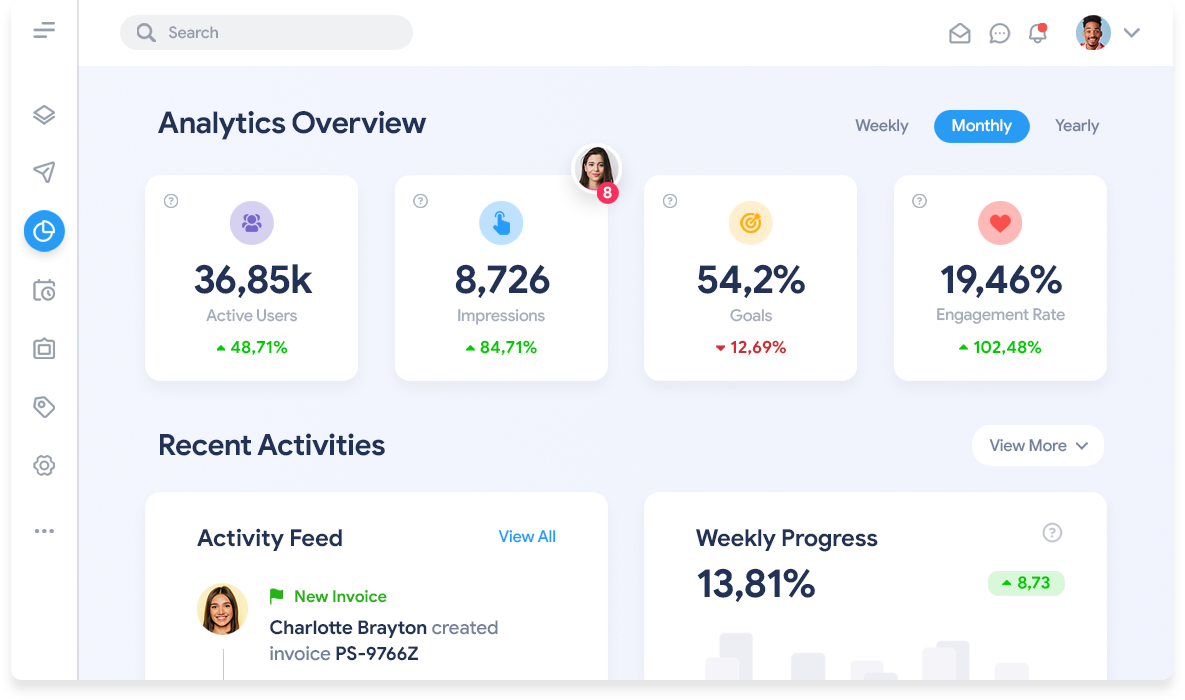Ultra-Fast Real-Time Processing
Process content in under 50ms with our globally distributed infrastructure. Built for high-volume platforms handling millions of concurrent requests while maintaining consistent performance worldwide.
The Power of Real-Time Content Analysis
In today's digital landscape, content spreads at the speed of light. Harmful material can go viral within minutes, making real-time processing not just a competitive advantage but an absolute necessity for platform safety and user trust. Our ultra-fast real-time processing technology ensures that every piece of content is analyzed and moderated instantly, preventing harmful content from reaching your audience.
Our system processes content in under 50 milliseconds, faster than a human eye blink, while maintaining the same accuracy standards as batch processing systems. This breakthrough in processing speed comes from years of optimization in AI model architecture, distributed computing, and edge processing technologies.
Performance Benchmarks

Speed Metrics
Text Analysis: 15-25ms average processing time for posts up to 10,000 characters
Image Processing: 30-45ms for high-resolution images up to 50MB
Video Analysis: 50-80ms per minute of video content with full frame analysis
Audio Processing: 20-35ms per minute of audio with voice recognition
Scale Capabilities
Concurrent Requests: Handle millions of simultaneous API calls
Daily Volume: Process over 10 billion pieces of content per day
Peak Handling: Auto-scale to 10x normal traffic within seconds
Global Coverage: Sub-100ms latency from 50+ edge locations worldwide
Advanced Infrastructure Architecture

Global Edge Network
Our globally distributed edge computing network ensures lightning-fast content processing regardless of user location. With 50+ edge locations strategically positioned across six continents, content is processed at the nearest available node, minimizing latency and maximizing performance.
Each edge node runs the complete suite of AI models, eliminating the need for round-trip communications to central servers. This distributed approach not only improves speed but also provides redundancy and fault tolerance that ensures 99.99% uptime even during regional outages or maintenance.
Optimized AI Models
Our AI models are specifically optimized for real-time inference using advanced techniques including model quantization, pruning, and knowledge distillation. These optimizations reduce model size by up to 90% while maintaining accuracy, enabling deployment on edge hardware with limited computational resources.
Dynamic model loading ensures that only the most relevant AI models are active for each request type, reducing memory usage and improving processing speed. The system intelligently routes different content types to specialized processing pipelines optimized for maximum efficiency.
Intelligent Caching System

Our multi-layer intelligent caching system dramatically improves performance for similar or repeated content. The system uses content hashing, semantic similarity matching, and pattern recognition to identify when content has been analyzed before, returning cached results in under 5ms.
The caching system operates at multiple levels: edge cache for frequently accessed content, semantic cache for similar content patterns, and user behavior cache for personalized moderation policies. This hierarchical approach ensures optimal performance while maintaining accuracy and freshness of moderation decisions.
Real-Time Processing Features

Instant Decision Making
Every piece of content receives an instant moderation decision with detailed confidence scores and reasoning. The system provides immediate feedback on whether content should be approved, flagged for review, or automatically rejected, along with specific policy violations identified.
For complex content requiring human review, the system provides intelligent prioritization, routing high-risk content to available moderators while allowing lower-risk content to proceed with automated handling. This hybrid approach maintains both speed and accuracy for optimal user experience.
Live Stream Monitoring
Real-time processing extends to live streaming content, analyzing video frames, audio streams, and chat messages simultaneously. The system can detect and respond to harmful content in live broadcasts within seconds, enabling immediate intervention when necessary.
Advanced temporal analysis understands content context over time, identifying evolving situations that may require intervention even when individual moments appear benign. This capability is crucial for live streaming platforms where context and timing are critical for user safety.
Dynamic Policy Updates
Real-time processing includes the ability to update moderation policies instantly across the entire global network. When new threats emerge or policy changes are required, updates propagate to all edge nodes within minutes, ensuring consistent enforcement worldwide.
The system supports A/B testing of new policies in real-time, allowing gradual rollouts and performance monitoring before full deployment. This capability enables rapid response to emerging threats while minimizing the risk of unintended consequences.
Real-Time Processing Applications

Social Media Platforms
Social media platforms require instant content moderation to prevent harmful content from reaching users' feeds. Real-time processing enables immediate filtering of posts, comments, images, and videos as users create them, maintaining platform safety without compromising user experience.
The system handles viral content scenarios where thousands of users may share the same harmful content within minutes. Real-time detection and blocking prevent widespread distribution while providing analytics on content spread patterns for improved future prevention.
Gaming Platforms
Gaming environments require split-second responses to maintain fair play and user safety. Real-time processing monitors in-game chat, voice communications, and user-generated content instantly, enabling immediate responses to harassment, cheating, or inappropriate behavior.
The system's low latency ensures that game performance remains unaffected while providing comprehensive monitoring. Advanced integration with gaming platforms enables automatic enforcement actions like muting, temporary suspensions, or content removal without disrupting gameplay for other users.
Live Commerce & Streaming
E-commerce platforms with live selling features benefit from real-time monitoring of product demonstrations, customer interactions, and seller communications. The system ensures compliance with platform policies and legal requirements while maintaining the spontaneous nature of live commerce.
Real-time analysis of product claims, pricing information, and seller behavior helps prevent fraud and policy violations before they impact customers. The system can automatically flag suspicious activities while allowing legitimate business operations to proceed smoothly.
Educational Technology
Educational platforms require real-time monitoring of student interactions, assignment submissions, and classroom communications to maintain safe learning environments. The system processes content instantly while understanding educational context to avoid disrupting legitimate learning activities.
Real-time processing is particularly valuable for virtual classrooms and online collaboration tools where inappropriate content or cyberbullying can severely impact the learning experience. Instant intervention capabilities protect students while preserving the interactive nature of digital education.
Business Impact & Benefits
User Experience Enhancement
Ultra-fast processing eliminates the delays traditionally associated with content moderation. Users receive immediate feedback on their content submissions, creating a smooth and responsive platform experience that encourages engagement and content creation.
The system's speed enables real-time content suggestions and policy guidance, helping users create appropriate content from the start rather than facing rejection after submission. This proactive approach improves user satisfaction and reduces support ticket volume.
Risk Mitigation
Real-time processing dramatically reduces the window of exposure for harmful content. By analyzing and acting on content within milliseconds of creation, the system prevents harmful material from reaching other users, reducing legal liability and reputational risks.
Instant threat detection enables immediate response to coordinated attacks, preventing harmful campaigns from gaining momentum. The system's speed is particularly valuable during crisis situations where rapid response can prevent significant damage to platform reputation and user safety.
Operational Efficiency
Real-time processing reduces the need for large-scale content review operations by handling most decisions automatically and instantly. This efficiency translates to significant cost savings in human moderation while improving consistency and accuracy of decisions.
The system provides real-time analytics and insights that enable immediate operational adjustments. Platform operators can monitor content trends, policy effectiveness, and system performance in real-time, enabling data-driven decision making and rapid optimization.
